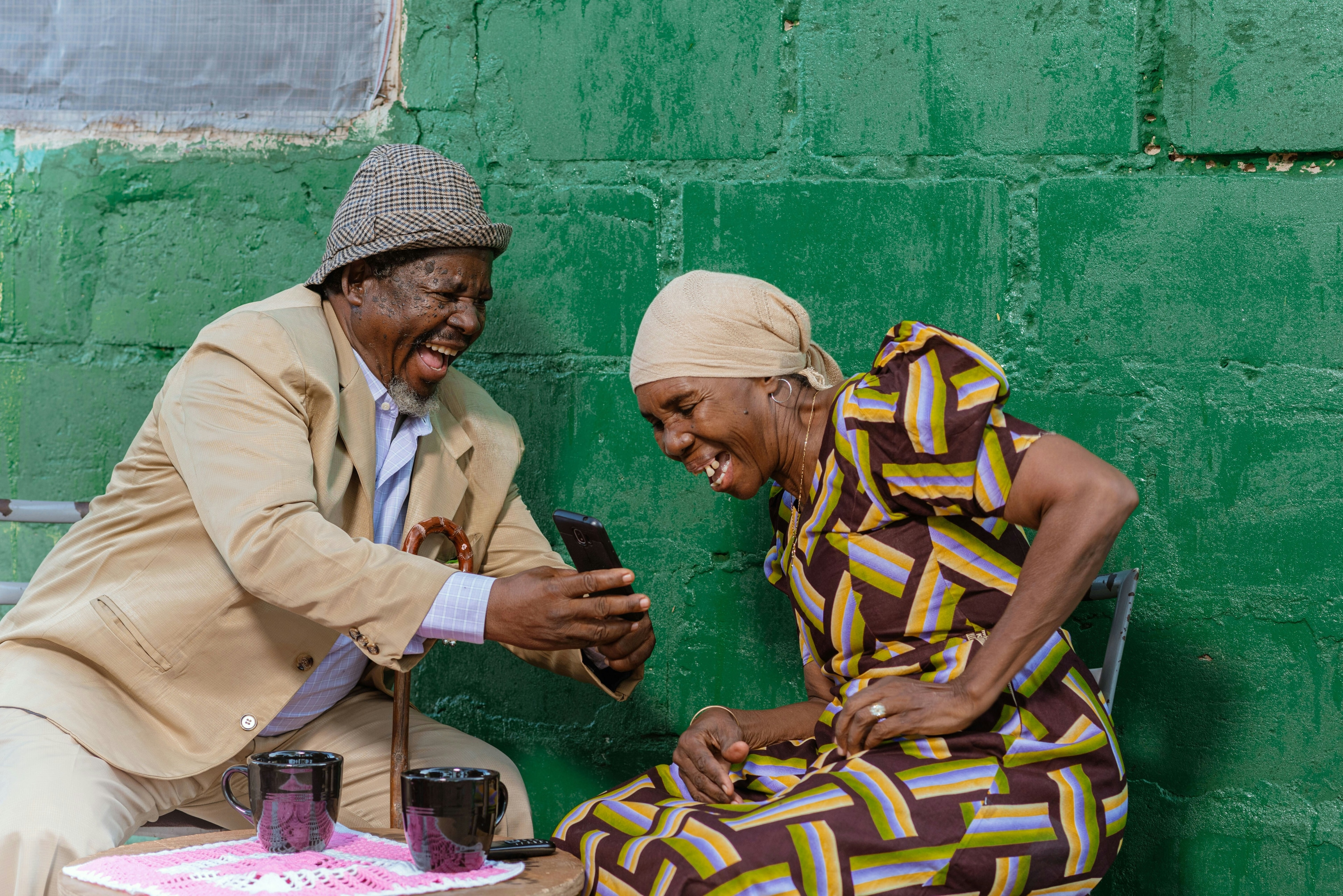These are key milestones in the fight against modern slavery

To coincide with the launch of the 2016 Global Slavery Index, here's a timeline of key events in the fight against modern slavery this century. Image: REUTERS/Pierre Marsaut
More than 15 years since a global treaty to combat human trafficking was adopted, nearly 46 million people are enslaved, according to the 2016 Global Slavery Index published last week.

Modern slavery has become a catch-all term to describe human trafficking, forced labour, debt bondage, sex trafficking, forced marriage and other slave-like exploitation.
Following is a timeline of key events in the fight against modern slavery this century:
2000: The United Nations passes the Protocol to Prevent, Suppress, and Punish Trafficking in Persons as part of the Convention against Transnational Organised Crime. It is the first global legally binding treaty with an internationally agreed definition of trafficking in persons.
2001: The countries of the Economic Community of Western African States agree on an action plan to tackle slavery and human trafficking in the region.
2002: The International Cocoa Initiative is established as a joint effort of anti-slavery groups and major chocolate companies to protect children and contribute to the elimination of child labour. It is the first time members of an entire industry have joined forces to tackle slavery in its supply chain.
2004: Brazil launches National Pact for the Eradication of Slave Labour. It brings together civil organisations, businesses and government to get companies to commit to the prevention and eradication of forced labour in their supply chains. It also includes a provision to create a "dirty list" if companies are found selling products produced by slaves.
2004: The United Nations appoints a Special Rapporteur on Human Trafficking.
2005: The International Labour Organization's (ILO) first Global Report on Forced Labour puts the number of slaves worldwide at 12.3 million. A 2012 update increases the number to 20.9 million.
2008: The Council of Europe Convention on Action against Trafficking in Human Beings comes into force. The convention is the first international law to define trafficking as a violation of human rights, and it guarantees minimum standards of protection to victims.
2011: The ILO adopts a convention laying down basic rights of domestic workers.
2011: California enacts the California Transparency in Supply Chains Act. It requires major manufacturing and retail firms to disclose what efforts they are making to eliminate forced labour and human trafficking from their supply chains.
2012: The U.S. Securities and Exchange Commission passes the Conflict Minerals Rule, requiring major publicly held corporations to disclose if their products contain certain metals mined in areas of conflict in eastern Congo or neighbouring countries and if payment for these minerals supports armed conflict.
2013: The first Global Slavery Index released by the Walk Free Foundation estimates that there are 29.8 million slaves globally. The 2014 index increases that to 35.8 million, and the 2016 index to 45.8 million.
2014: The ILO adopts a protocol on forced labour, bringing its 1930 Convention on Forced Labour into the modern era to address practices such as human trafficking.
2015: Britain's Modern Slavery Act comes into force. It requires businesses to disclose what action they have taken to ensure their supply chains are free of slave labour. It also increases the maximum jail sentence for traffickers to life from 14 years, and allows authorities to force traffickers to pay compensation to their victims. It also brings in measures to protect people feared at risk of being enslaved.
2015: The United Nations adopts 17 Sustainable Development Goals, including a target of ending slavery and eradicating forced labour and human trafficking.
2016: In April, businesses in Britain have to start reporting steps they are taking to tackle slavery in their supply chains, to comply with the Modern Slavery Act.
SOURCES: ILO (http://www.ilo.org/), Walk Free Foundation (http://www.walkfreefoundation.org), Anti-Slavery International (http://www.antislavery.org/english), Free the Slaves (http://www.freetheslaves.net/), Anti-Trafficking Review (http://www.antitraffickingreview.org/index.php/atrjournal), Reuters
Don't miss any update on this topic
Create a free account and access your personalized content collection with our latest publications and analyses.
License and Republishing
World Economic Forum articles may be republished in accordance with the Creative Commons Attribution-NonCommercial-NoDerivatives 4.0 International Public License, and in accordance with our Terms of Use.
The views expressed in this article are those of the author alone and not the World Economic Forum.
Stay up to date:
Human Rights
Forum Stories newsletter
Bringing you weekly curated insights and analysis on the global issues that matter.
More on Civil SocietySee all
Marc Oberhauser and Miriam Rapior
November 27, 2025






